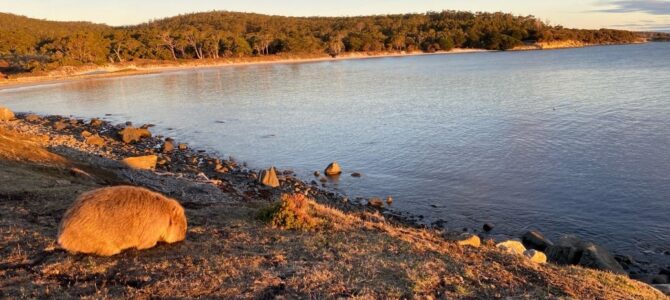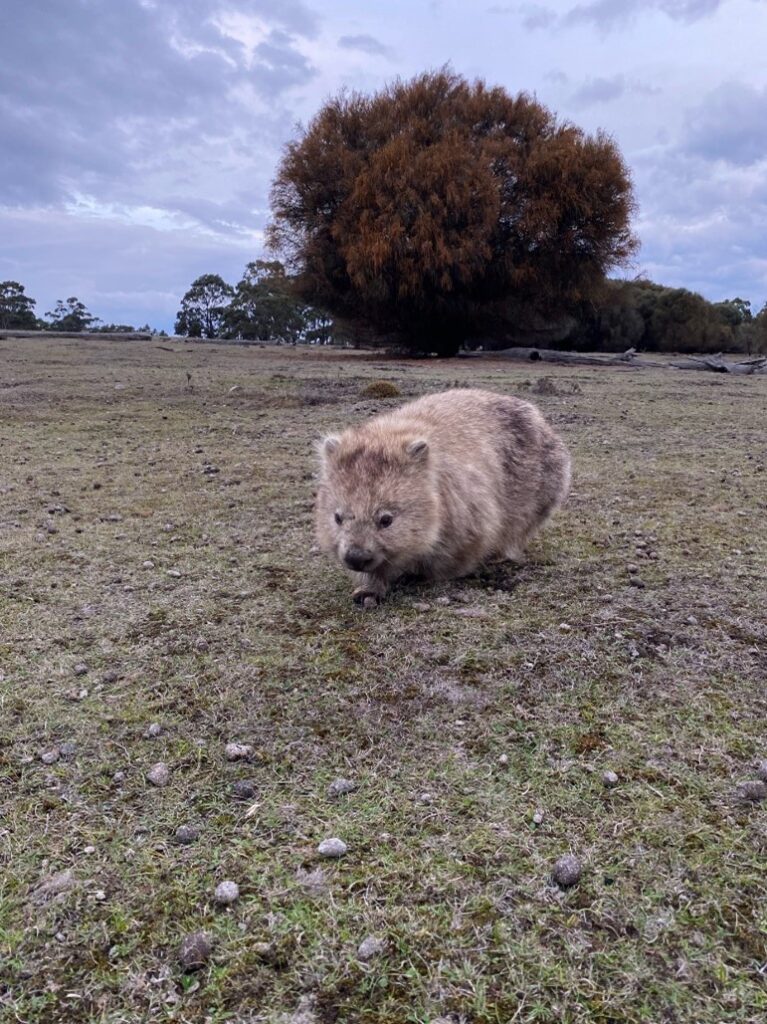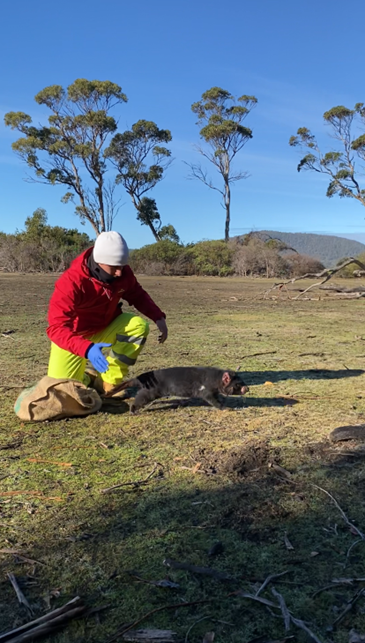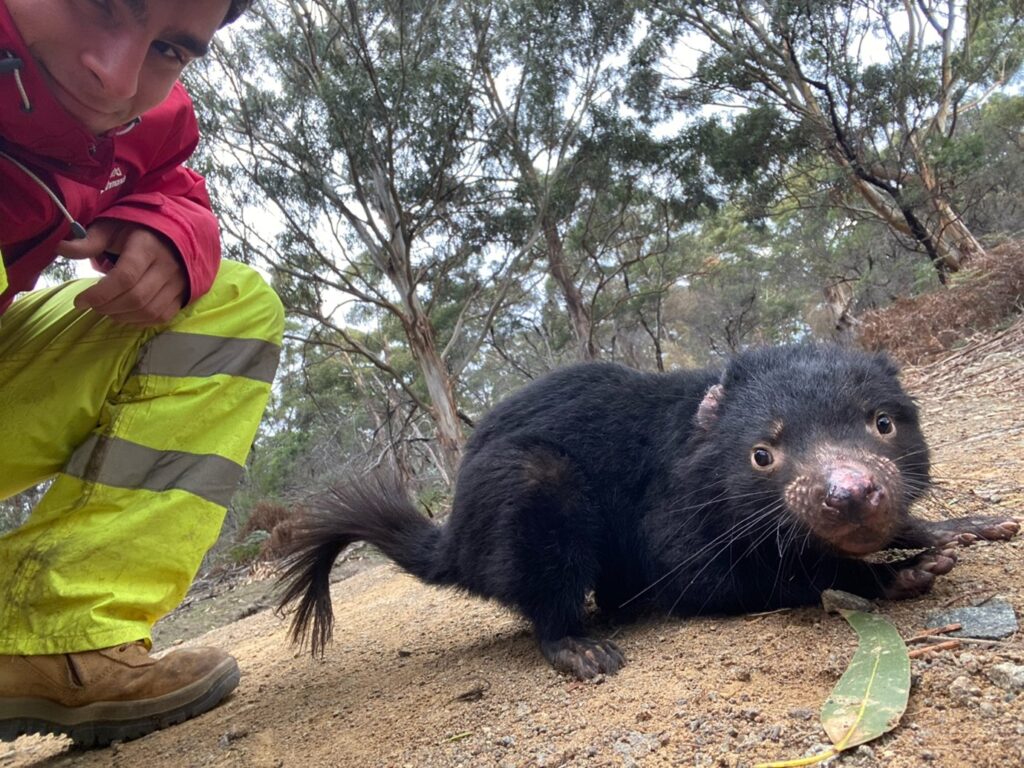by Holly Nelson (PhD Student)
Entering the final stage of a PhD is both a marathon and a sprint. After a quick 3-4 years of terminal windows, countless hours coding, latex gloves, tweaking plots to the perfect shade of maroon (#B03060), and obsessing over a turtle species that lives a world away, the world could be ending, and honestly, I wouldn’t even know.
One surprising obsession? Table spacing. Somehow, this has become the hill I’m willing to die on. Not to mention after three and a half years into postgrad education, I still don’t know whether it should be a comma or a semicolon. Who knew this was the pinnacle of academic thought? Shout-out to my colleagues who don’t blink when I send them scripts named things like “goNe_analysis__fix6_final_FINAL_v10.pbs” (you know who you are), and to my long-suffering supervisors who’ve received my manuscript drafts entitled “Manuscript_turtle_final_DEFSFinal4_v12.docx.” And Andrea—my fellow PhDer-in-crime who has joined me on the adventure. There’s something comforting in having a fellow office mate who reaches a delusion level just as unhinged as yours.
Honestly, perspective is nearly impossible when your days blur together into one big troubleshooting session, often caused by a stray space somewhere in a 94-line code. But at the end of the day the completion of a PhD is less about perfection or about how many pages are in pdf document you’ve spent years creating, and more about progress. My folders and directories may look like a chaotic labyrinth, but hey, they’re a testament to something resembling progress—90% of it’s stuff that would’ve looked like rocket science to me a couple of years ago. It’s about stepping back, handing in, disappearing, and leaving the pandora’s box of questions you opened during your thesis for the poor Honours student.
To anyone on the journey, hang in there. Or don’t, drop out and open a bakery if you feel like it. Either way, you’re not alone in those late-night bursts of productivity, never ending imposter syndrome, praying that the laptop you’ve run into the ground turns on every morning, or that compulsive need to move the plot legend just 0.5mm more to the left.
You’re the world expert in whatever obscure and niche little thing it is you do, even if no one, including you, fully understands it. Hold onto the fact that your work probably means something, and if it doesn’t, well, at least it’s given you something to do for the last few years.
As my daily reminder sticky-note says “it’s not that serious”.
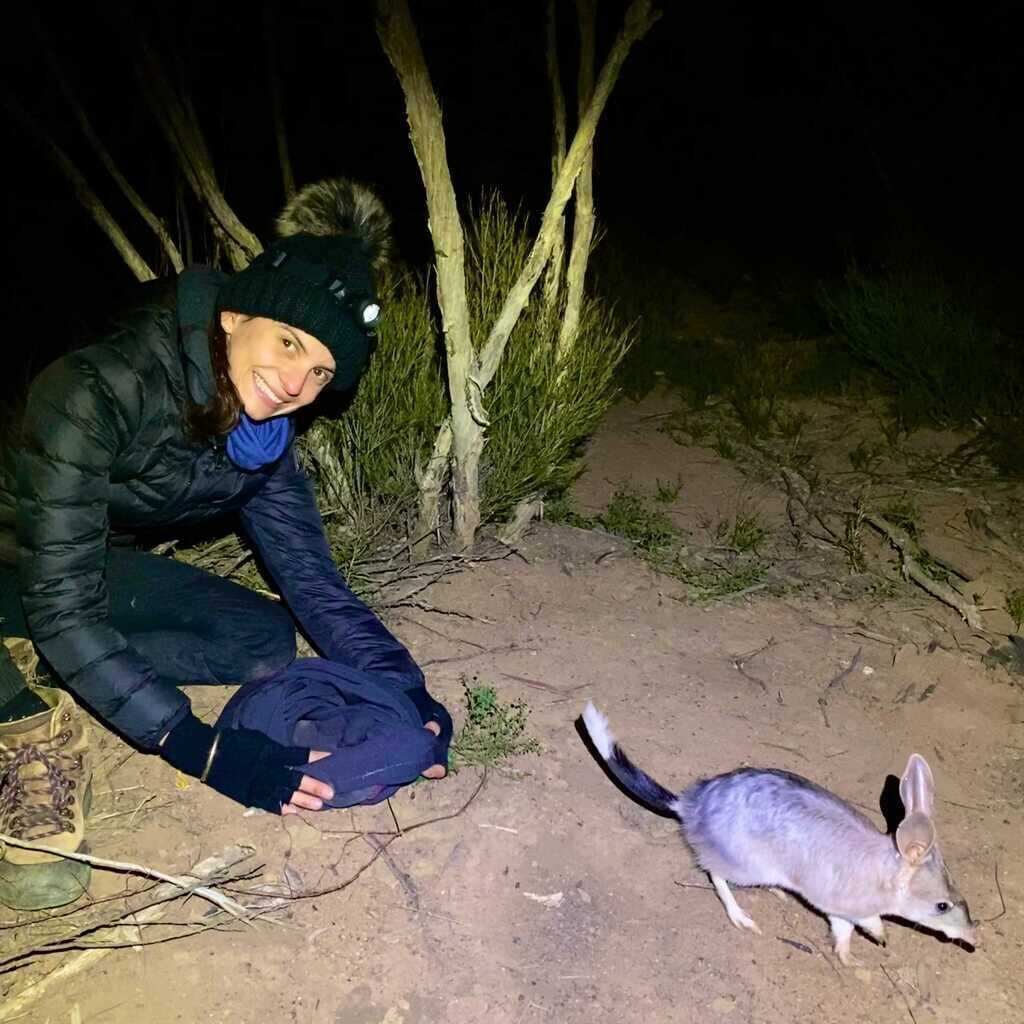
Holly Nelson (PhD Student) is working on how we can use genomics to revolutionise threatened species management. From genome assembly to downstream analyses using whole-genome data, Holly is using her work to answer genetic questions on the Bellinger River Snapping Turtle, Koala, and other threatened species. Her work, in partnership with the NSW Governments Saving Our Species program, aims to create more robust conservation strategies that can be developed and applied together with wildlife managers.

